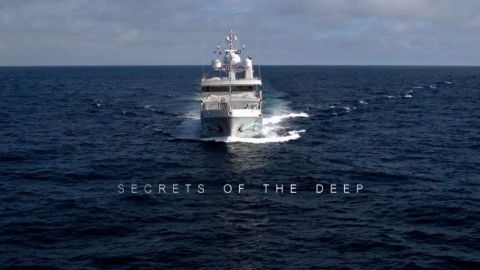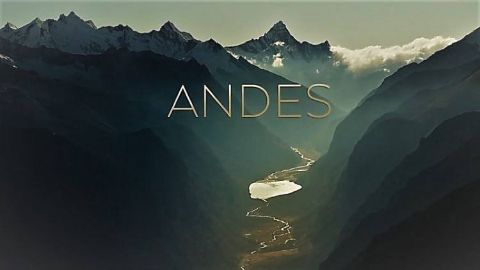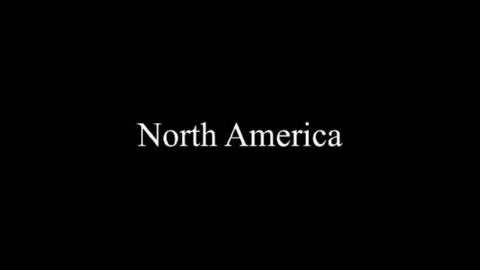Secrets of the Deep • 2017 • episode "S1E2" • Galapagos with Liz Bonnin
The team set off beneath the waves to explore this spectacular archipelago. It is an exciting opportunity for the team to delve into a world that still largely remains a mystery to science. Venturing down in the Nadir, a specially equipped deep sea submersible, Liz goes in search of an elusive ocean giant, the mola, or sunfish, to understand more about its little-known behaviour in the deep. On the way back to the Alucia, Liz checks in on a playful sea lion population to see how they have been affected by a recent extreme weather event, El Nino. Back on board the Alucia, the team sets sail north for the most remote and inhospitable islands in the Galapagos - Wolf and Darwin. Here, Liz joins the team tagging and tracking hammerhead sharks that school at this location in huge numbers as they try to unlock the secrets of this stunning behaviour. But nothing can prepare the Alucia crew for the power of the ocean in this isolated marine wonderland.
Make a donation
Buy a brother a hot coffee? Or a cold beer?
Hope you're finding these documentaries fascinating and eye-opening. It's just me, working hard behind the scenes to bring you this enriching content.
Running and maintaining a website like this takes time and resources. That's why I'm reaching out to you. If you appreciate what I do and would like to support my efforts, would you consider "buying me a coffee"?
Donation addresses
BTC: bc1q8ldskxh4x9qnddhcrgcun8rtvddeldm2a07r2v
ETH: 0x5CCAAA1afc5c5D814129d99277dDb5A979672116
With your donation through , you can show your appreciation and help me keep this project going. Every contribution, no matter how small, makes a significant impact. It goes directly towards covering server costs.







